Mining
With more than a hundred years of history, the Adaro sanatorium was promoted by the Sociedad Metalúrgica Duro Felguera, the most important mining-metallurgical company in Asturias and one of the most renowned ones in the whole country.
The company made use of a paternalistic policy which, besides housing-related issues, included a network of company shops, educational centres and health services. This is the setting for the construction of the Hospital de Heridos in Sama de Langreo, which was inaugurated in 1914 and finally became the Adaro Sanatorium in 1940, named after its main benefactor, the engineer Luis Adaro y Magro.
The Hospital de Heridos initially had a single pavilion with a rectangular blueprint and a single floor. The property grew in a gradual way, with successive extensions and additions, as the demand for assistance to injured workers increased. One of the most important enlargements was the constitution of the Patronato para Mineros Heridos in Langreo in 1930, on which this institution became dependent. Thus, new pavilions were added to the original building (Covadonga, Santa Bárbara, San Antonio and Nuestra Señora del Rosario) with their corresponding resources.
Adopting a comb-shaped floor plan, the complex is made up of five separate pavilions linked by a gallery. Facing the Nalón river, the gallery functions as a rear façade with large square windows framed by pilasters, which combine curved and straight edges. The pavilions have the same length but are organised differently in terms of height: the central building is the highest, and the size gradually decreases towards the ends. The central pavilion was renovated in the 1950s following a project by Julio Galán Gómez, the Municipal Architect of Langreo, and its internal organisation was reconfigured. The same architect was responsible for other expansion and improvement works undertaken in the central years of the last century. Nowadays, it is managed by Fundación Adaro, a charitable and welfare organisation.
Natalia Tielve García

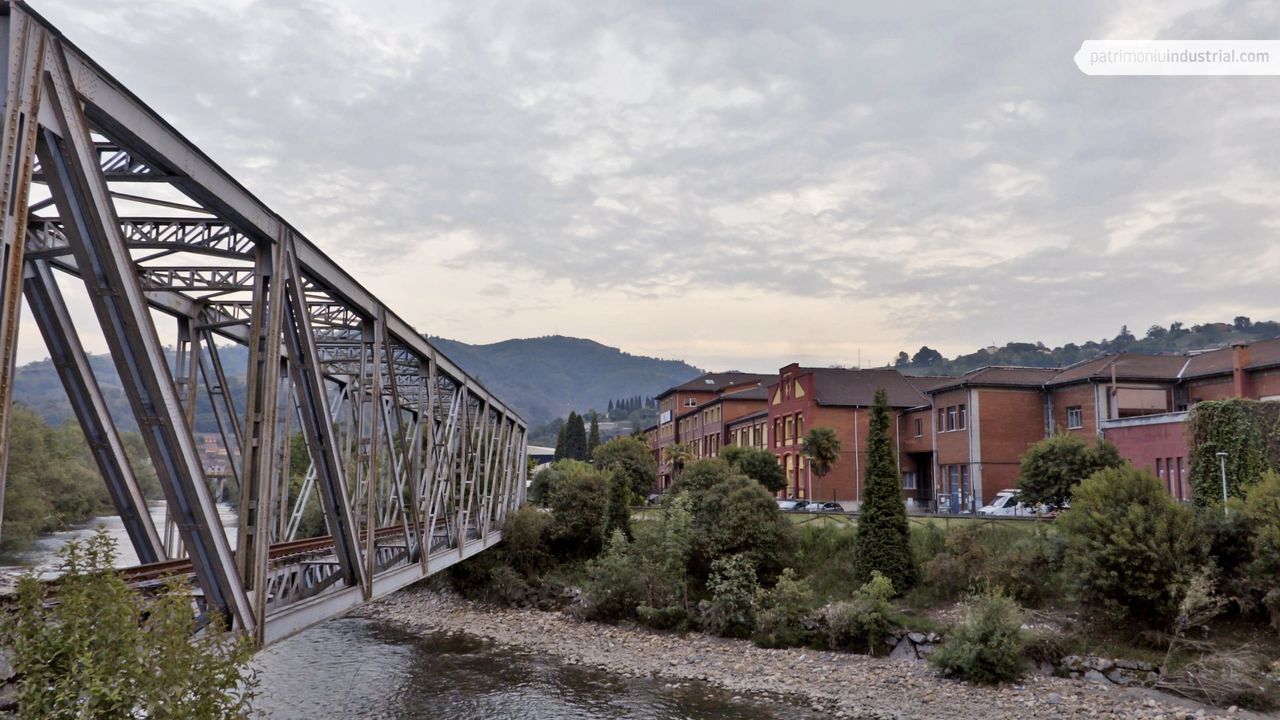
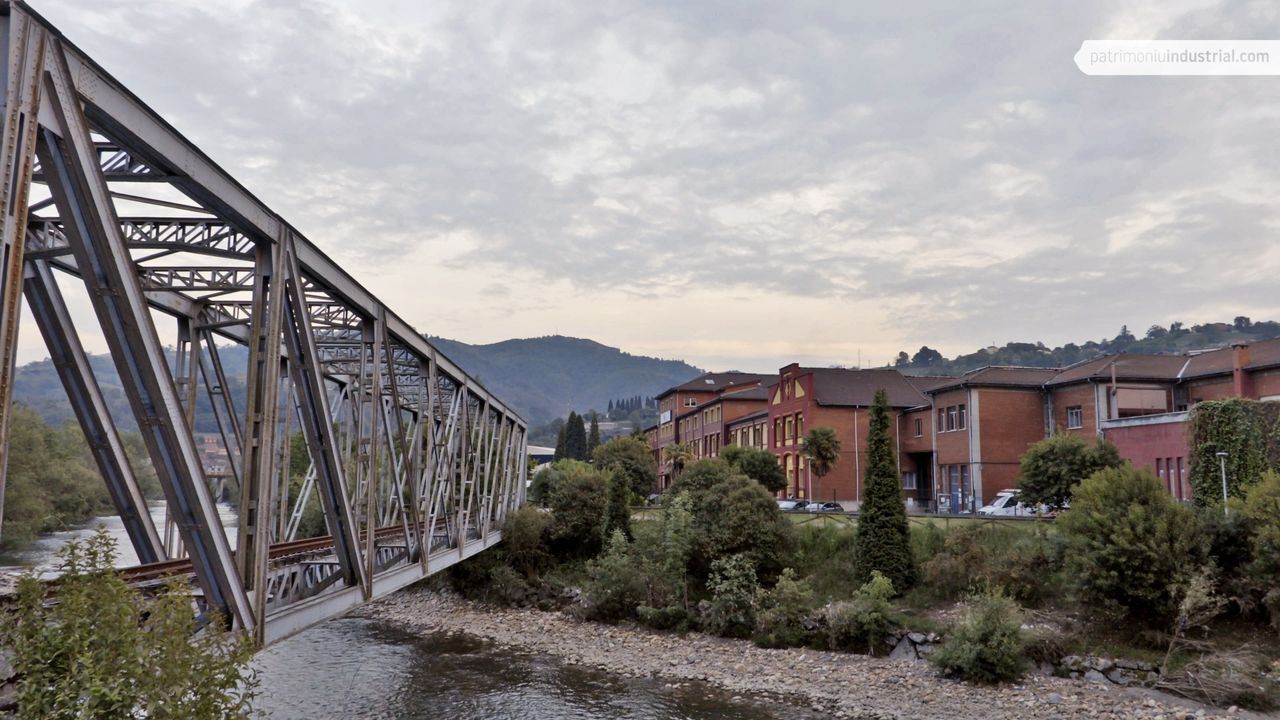

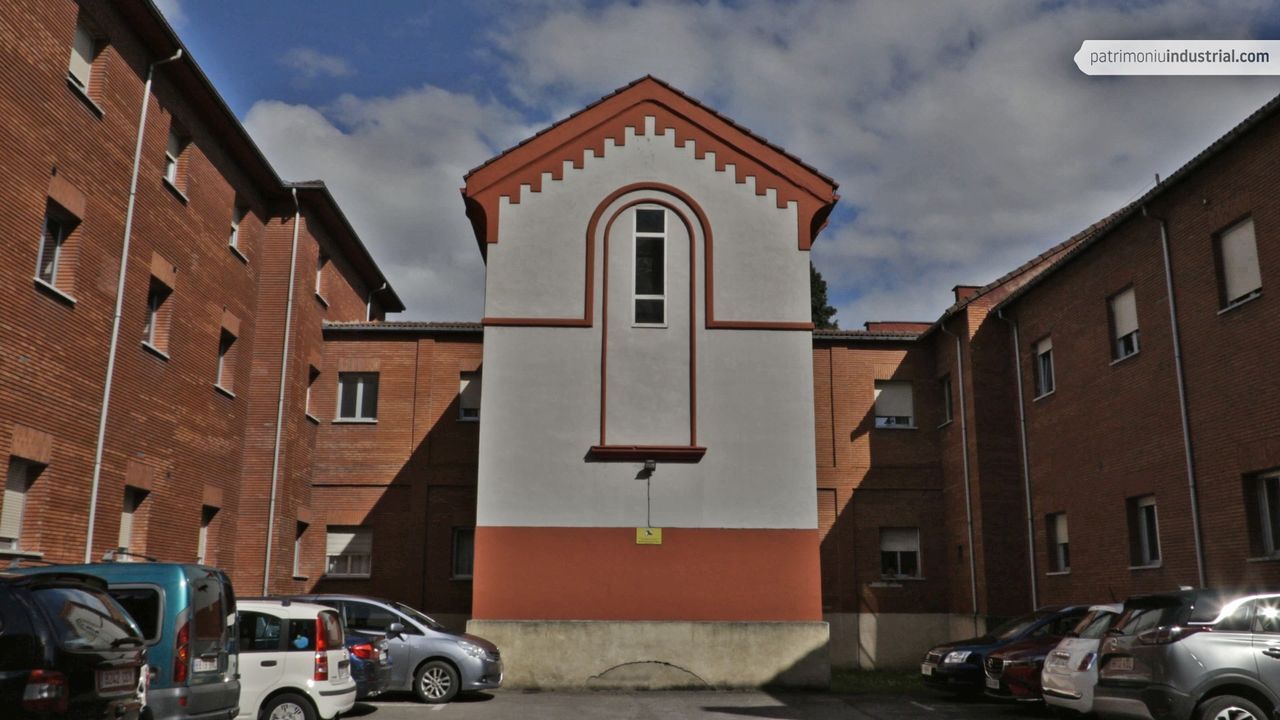

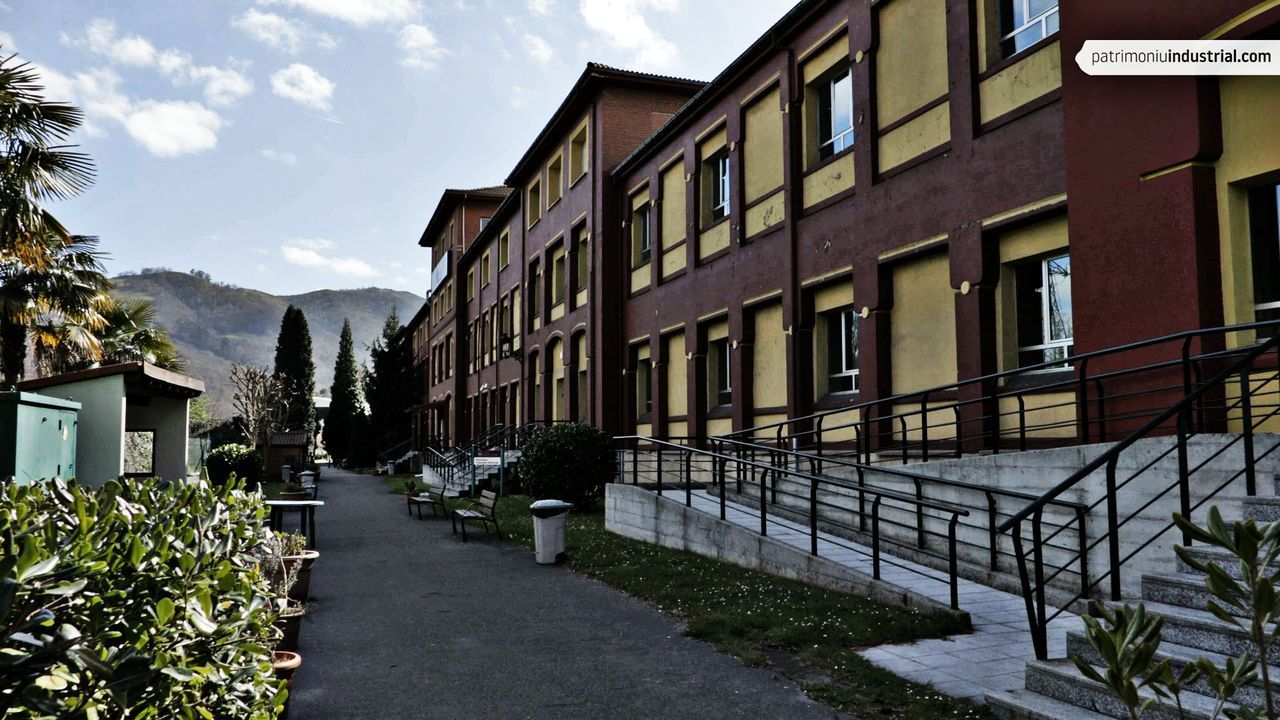
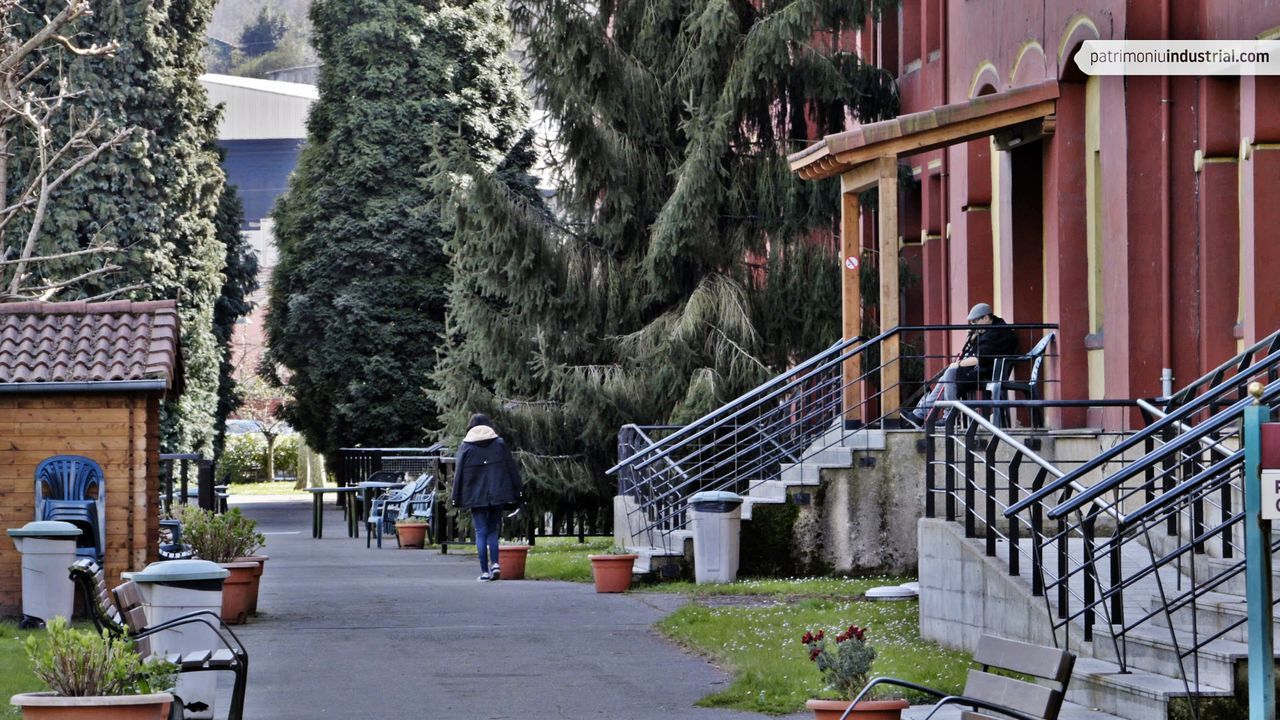
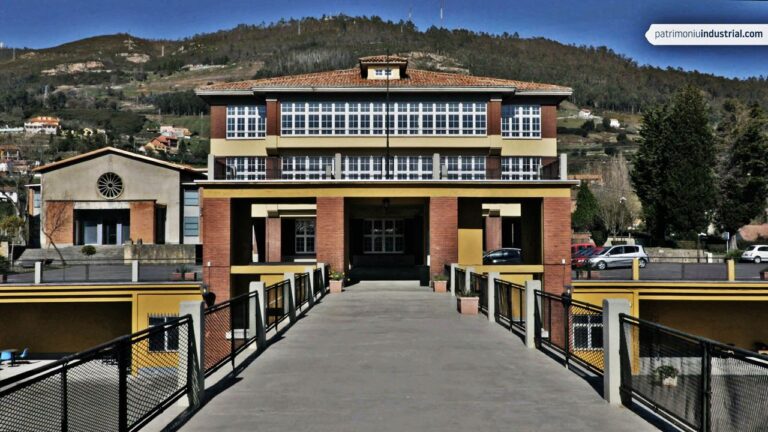
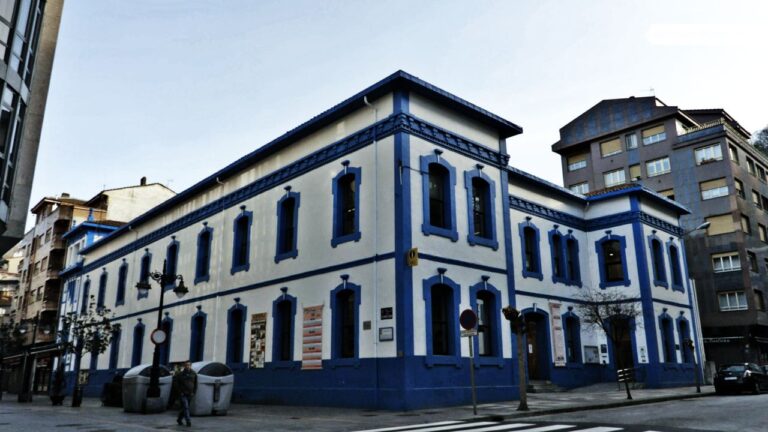


Recent Comments